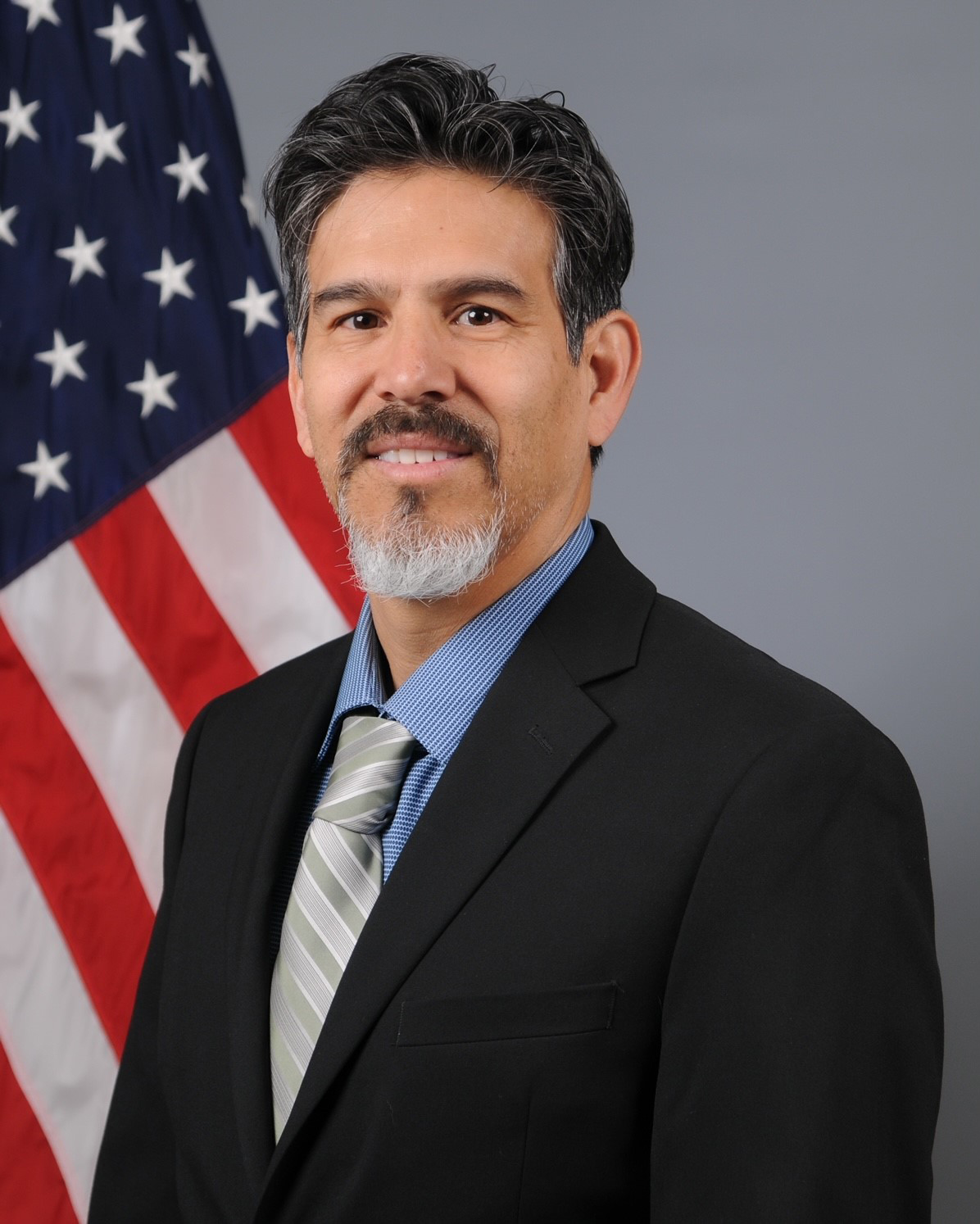AFRL team wins AFCEA’s annual writing contest on CHSS
WRIGHT-PATTERSON AIR FORCE BASE, Ohio (AFRL) – An Air Force Research Laboratory, or AFRL, team won first place in the Armed Forces Communications and Electronics Association International, or AFCEA’s, Cyber Edge Writing Contest for SIGNAL Magazine titled “Holding the High Ground.” Joseph “Dan” Trujillo, space cyber resiliency lead, AFRL Space Vehicles Directorate, at Kirtland Air Force Base, New Mexico, and a team from Massachusetts Institute of Technology, or MIT, Lincoln Laboratory won the award for their writing on Cyber-Hardened Satellite Software, or CHSS.

Joseph “Dan” Trujillo, space cyber resiliency lead, Air Force Research Laboratory, or AFRL, Space Vehicles Directorate, and a team from Massachusetts Institute of Technology, or MIT, Lincoln Laboratory win an award for their writing on Cyber-Hardened Satellite Software, or CHSS. The AFRL team won first place in the Armed Forces Communications and Electronics Association International, or AFCEA’s, Cyber Edge Writing Contest for SIGNAL Magazine. (U.S. Air Force photo)
AFRL wanted to get the word out to the space community — those who are interested in designing resiliency into our space vehicles, said Trujillo.
Cyber-Hardened Satellite Software, or CHSS, is a cyber-resilient flight software for space vehicles which implements the zero trust, principle of least privilege and defense in depth to the software, Trujillo said.
“The AFCEA writing competition was an impactful way to disseminate some of the efforts that we have been working on at the MIT Lincoln Laboratory and with AFRL, anything that can spark new ideas, add to our community and potentially lead back to more improvements, is something our team will pursue and participate in,” said Samuel Mergendahl, deputy principal investigator, CHSS, MIT Lincoln Laboratory.
Another colleague, Richard Skowyra, the principal investigator for CHSS, MIT Lincoln Laboratory, said discussions began a few years ago after an internally funded effort at Lincoln Laboratory jumpstarted the thinking behind the work. He said the findings of the study were shared with AFRL after finding a cybersecurity gap in space vehicles that needed to be addressed.
“Through the partnership with AFRL, we designed the flight software and brought it from an idea to a mature system that will hopefully, at some point soon, go into orbit,” Skowyra said.
Trujillo worked alongside his team members from the Secure Resilient Systems and Technology branch of the MIT Lincoln Laboratory to create CHSS. Through a three-year process, they took the project from concept to development, working through various security levels under guidelines of zero trust due to necessary cyber security precautions.
Trujillo said a primary focus of the Space Cyber Resiliency Tech area is to focus on legacy, current, and future cyber resiliency for space systems. Specifically, to identify attack surface and vulnerabilities, develop protections to eliminate or reduce the impact of those vulnerabilities.
“Satellites provide and support many critical DOD, intelligence community, civil, and commercial missions such as Position Navigation and Timing, Intelligence, Surveillance and Reconnaissance, communication, nuclear detection and economy; therefore, it is critical to protect the platform, space vehicle, that they fly on from cyber-attack,” said Trujillo. “As well in looking forward into what the future space architecture will become. That is space vehicles that are increasingly software-defined, updatable, reconfigurable, autonomous and networked. Constellations of space vehicles will have their own set of unique attack surface and vulnerabilities that need to be addressed.”
Within the space cyber resiliency tech area Trujillo and AFRL’s Spaces Vehicles Directorate focus on taking ideas and concepts, and implementing them through real software and hardware frameworks, processes and techniques that design in resiliency that can be applied to space systems, with CHSS being one of them.
About AFRL
The Air Force Research Laboratory is the primary scientific research and development center for the Department of the Air Force. AFRL plays an integral role in leading the discovery, development and integration of affordable warfighting technologies for our air, space and cyberspace force. With a workforce of more than 11,500 across nine technology areas and 40 other operations across the globe, AFRL provides a diverse portfolio of science and technology ranging from fundamental to advanced research and technology development. For more information, visit www.afresearchlab.com.
